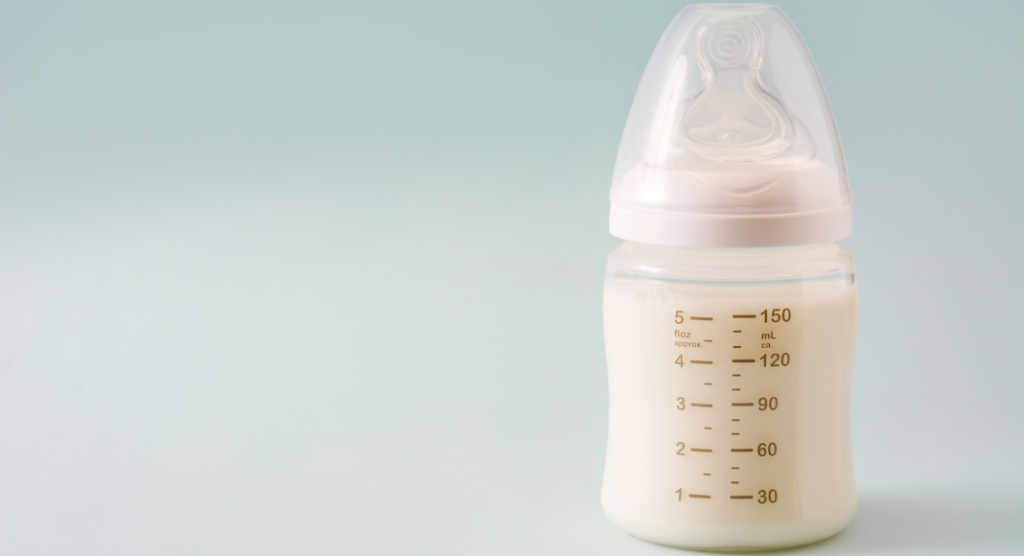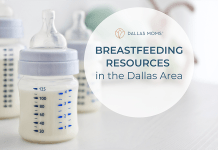 Background
Background
Our current US baby formula shortage became apparent during COVID supply chain disruption and worsened after major recalls. In reality, this manmade disaster was in the making for decades. The Special Supplemental Nutrition Program for Women, Infants, and Children (WIC) was created in 1972. Although this well-meaning program was intended to feed women and infants, it set the stage for just the opposite. In 1989, Congress mandated that each state award a WIC contract to the lowest bidder. This essentially created a baby formula monopoly in all fifty states. WIC formula accounts for approximately half of the US formula market and Abbott holds nearly half of these contracts. Three companies, Abbott, Nestle, and Mead Johnson, controlled 98% of the US formula supply by 1998. This would appear to violate US antitrust laws.
Fast forward to February 2022, when four infants were infected with Cronobacter after consuming Abbott formula, and two subsequently died. The Similac plant in Sturgis, Michigan, was shut down for investigation and sanitizing. This location is one of only two U.S. manufacturing sites for Abbott formulas and was closed for months. The FDA concluded its investigation, and Abbott reopened the plant but quickly shut down again in June 2022 due to flooding in the area. The plant has since reopened, but it will take months to ramp up production. This was the perfect storm in an already imperfect system.
Steps Forward
Despite an FDA ban on organic European formulas, Abbott is importing over one million pounds of formula from its European plants. The Biden Administration’s Operation Fly Formula will also import 1.5 million bottles of formula. Restriction of European formulas is based on stringent FDA-labeling guidelines, not nutritional content. The vast majority of European formulas meet or exceed nutritional requirements and are produced to higher standards than U.S. formulas. Ironically, Europe also consistently produces a surplus of infant formula. It wasn’t until July 2022 that the House voted to suspend a 17.5% tariff on European formula. This tariff made an already technically illegal option unaffordable for many.
Logically, if babies are not being breastfed, they rely on formula. If U.S. formula isn’t an available or safe option, there must be other alternatives for mothers who are unable to breastfeed. Abbott Nutrition has laid out a plan to ramp up formula production, but what else can be done? Settling back into a flawed and failed system seems foolish. Shouldn’t we explore alternatives to our broken system?
Breastfeeding
According to the CDC, 75% of mothers initiate breastfeeding but only 43% are still breastfeeding at six months. This indicates that mothers want to breastfeed but are unsuccessful for some reason. Studies cite shortcomings in multiple types of societal support as a factor in our breastfeeding rates. Lack of adequate family leave and poor breastfeeding training among healthcare providers are chief among these. A network of maternal-care providers such as midwives and doulas exists outside the mainstream and can be an added resource for mothers.
Relactation
If you attempted to breastfeed but were unsuccessful, relactation may be an option for you. Notably, the standard relactation protocol contains a medication that is not FDA- approved despite being used worldwide to increase milk supply. Consult your healthcare provider and a lactation professional to see if relactation may be appropriate for you.
Donor Milk
Milk banks offer screened and pasteurized donor breastmilk to high-risk infants such as those born prematurely. Some hospitals also provide donor milk to term infants to bridge a gap until their own mothers establish a milk supply. While this is better than formula, the benefits are not as good as direct breastfeeding.
Milk sharing among mothers has gained popularity due to the baby formula shortage. Facebook groups such as Eats on Feets and Human Milk for Human Babies have existed for years to help mothers locate donor breastmilk for their babies who don’t tolerate formula but don’t qualify for banked donor milk. However, the FDA warns against this practice that hearkens back to wet-nursing.
Homemade Formula
Even more controversial than informal milk sharing is the practice of making formula at home. There are admittedly unsafe formula recipes online but the Westin A Price Foundation offers a detailed recipe complete with warnings about ingredient quality and potential mistakes. Again, the FDA cautions against this practice. Social media outlets have even censored those sharing homemade formula recipes. Dallas midwife Kiesha Baker was censored by YouTube after sharing her personal experiences using the Westin A Price recipe in response to demand for formula options at the height of the shortage.
What Now?
If alternatives to mainstream American formula are deemed unsafe by the FDA but the U.S. formulas are unsafe or unavailable, what’s a parent to do? The current CDC recommendation that parents feed infants whole milk instead of formula goes against conventional medical wisdom and may even be harmful. Why must parents be forced to choose between two bad options for their babies? We must demand better from our government and healthcare system. If they cannot promote policies that support breastfeeding or ensure the supply of safe formula, we must have access to safe alternative formulas or responsibly sourced donor breastmilk. Healthcare providers should take initiative to seek lactation education. Mothers can advocate for their breastfeeding journeys by seeking help from a knowledgeable lactation professional at the first sign of difficulty. Let’s set ourselves up for success before the next crisis occurs!
DISCLAIMER: The information provided is not a substitute for professional medical advice or treatment for specific medical conditions. You should not use this information to diagnose or treat a health problem without consulting a qualified healthcare provider.













